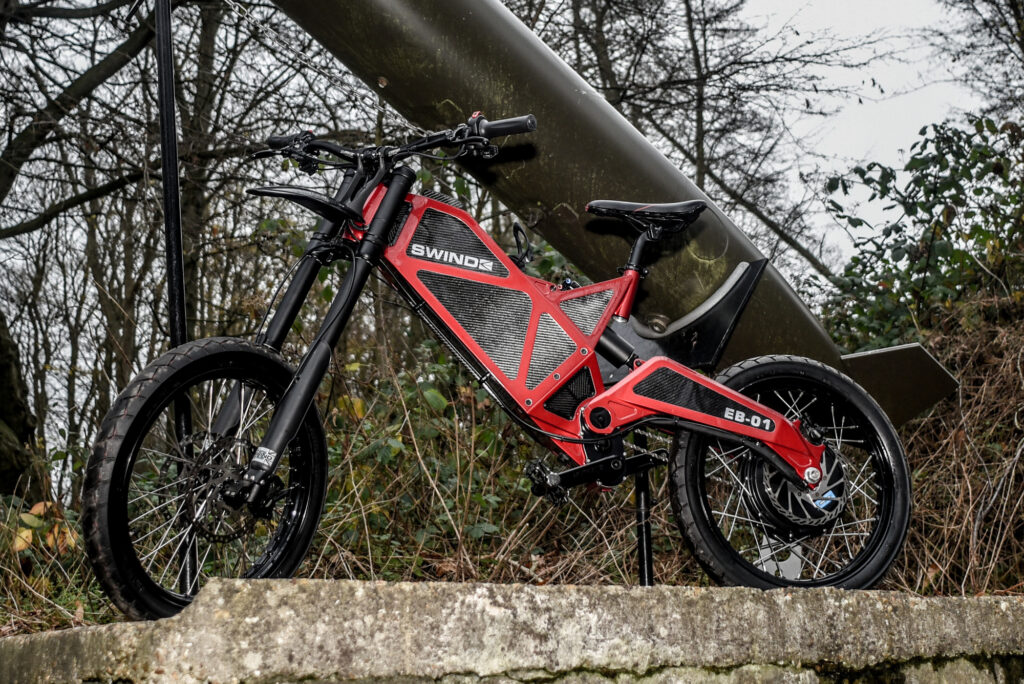
Electric bikes are popular because they are convenient, environmentally friendly, fast, and fun to ride. However, “fast” is relative, and e-bike makers are outdoing each other to catch the attention of riders with a high affinity for speed. Despite these spirited efforts, makers have to work within the set safety and speed limits, which vary depending on different jurisdictions.
Read more: The best electric motorcycles you can buy
How fast can an e-bike legally go?
Speed pedelecs
When riding a traditional bike, most cyclists reach a top speed of between 7 (11 km/h) to 10 mph (16 km/h). When you throw a motor into the mix, things start to get interesting.
In Europe, e-bikes with a 250W motor and a max speed of 15.5 mph (25 km/h) are treated as traditional bikes. Bikes with a more powerful motor, typically a 500W motor and able to reach speeds of up to 28 mph (45 km/h), are categorized as speed pedelecs.
Because speed pedelecs are so powerful, the law views them as mopeds. Pedelec riders need to be at least 16 years old, have a driving license, and need to display license registration plates on their pedelec.
In the UK, riders with speed pedelecs have to register them with the Driver and Vehicle Licensing Agency (DVLA), wear a helmet, and get insurance and a driving license.
Speed classes
Things are a little different in the United States. According to the Consumer Product Safety Commission, a low-speed e-bike motor’s power is capped at 750 watts and cannot exceed speeds of 20 mph (32 km/h) on paved level surfaces. The federal law allows room for faster bikes if they combine human and motor power (pedal-assist electric bicycles).
Since 2015, many states have adopted a three-tier classification system that categorizes e-bikes based on speed. You can read more about this class-based system here.
Class 1 e-bikes
Electric bicycles in this class come with a motor that assists the rider only when they are pedaling, and stops the assistance when the bike reaches a speed of 20 mph (32 km/h).
Class 2
Also known as low-speed throttle-assisted bikes, Class-2 e-bikes allow you to ride without pedaling. However, throttle assistance stops when the bike hits 20 mph (32 km/h). You can go over the limit by pedaling.
Class 3
Class-3 bikes are almost similar to Class-1 bikes. The motor assists the rider only when they are pedaling, stopping the assistance when the bike hits 28 mph (45 km/h). These bikes often come with a speedometer.
High-speed e-bikes
High-speed electric bicycles are the fastest bikes in the market. They come with powerful motors that allow them to reach speeds of up to 50 mph (80 km/h). An example is the HPC Scout Pro.
The Scout Pro is designed and hand-built by HPC, an American e-bike company. It comes with a 3000W Bafang Ultra Max mid-drive motor, allowing the bike to max out at 45 mph (72 km/h). It can be paired with a 1680Wh battery to give a range of 80 miles (128 km) and 240 Nm of torque.
High-speed e-bikes are not street legal in most jurisdictions. You can only push them to their limits on private property or on racetracks.

What’s the absolute fastest electric bike out there?
Since 2017, Delfast has been holding the Guiness World Record for the greatest distance covered by an e-bike on a single charge. This accolade was not enough for them. They have been working to produce the fastest e-bike in the world, and if the Top 3.0 is anything to go by, they are almost there. The Delfast Top 3.0 comes with a 3,000 W motor that is powered by a 3,456 Wh battery to give a top speed of 50 mph, a range of up to 200 miles, and 182Nm of torque.
However, there are faster electric-powered bicycles out there.
The UK-made Swind EB-01 may be the fastest electric bike in the world, officially reaching speeds of 60 mph (96 km/h). According to its designer, the EB-01 could go even faster with some modifications and reach an insane 80 mph (128km/h).
Read more: 10 of the fastest electric cars ever made: Ultimate power
To be completely fair, vehicles like the Swind EB-01 or the Delfast Top 3.0 are closer to electric motorcycles than conventional bicycles. They just happen to feature pedals.